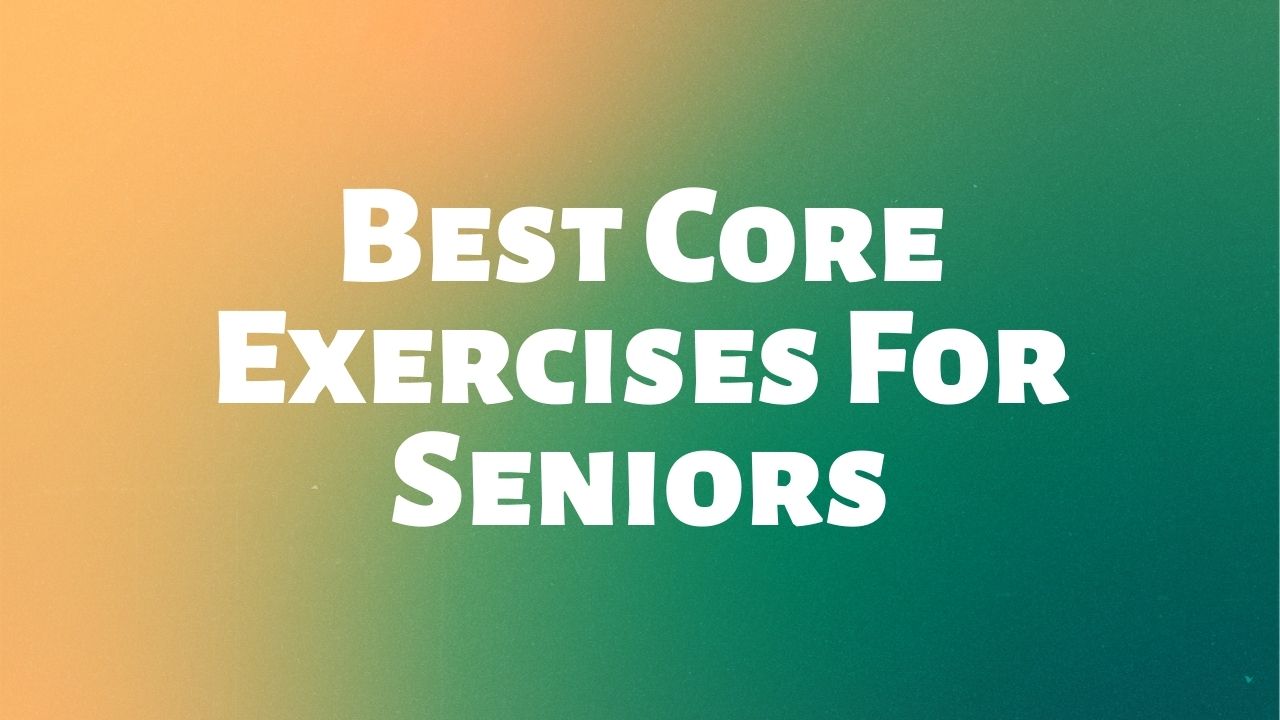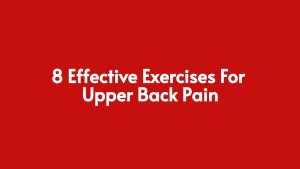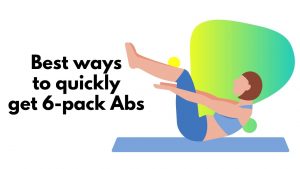The back and abdominal muscles, as well as the muscles that run along the spine, the pelvis, and the hip muscles, make up the core. A strong core is critical to your general health, and a weak core increases your risk of injury from falls due to restricted mobility.
Every movement is initiated by the core, thus a weak core forces other muscles to work harder to compensate. This is what causes most injuries in seniors since aging causes a loss of muscle and strength in the body because people tend to sit more and so do not engage the vital core muscles as much.
Core strength training is critical.
Overall, strength training has been found to reduce the aging process. As a result, for seniors, a training routine that includes core strengthening activities is essential. Core training improves your posture, coordination, and stability, as well as your stamina and, most significantly, your capacity to avoid injury.
The following are some of the key advantages of core strengthening exercises for seniors:
- Accident prevention is especially important for older individuals since it is more difficult to recover from an injury than it is to avoid one in the first place.
- Exercises for stability and balance have been demonstrated to boost general body strength by 30% on average in older persons, not to mention that stronger core muscles allow for more range of motion.
- The majority of seniors suffer from lower back discomfort, and core strengthening for seniors aids in the stretching of these muscles, assisting in the management and reduction of pain associated with chronic diseases.
- The core supports the spine, which improves stability and balance. This means that one will have a better awareness of their center of gravity, which will allow for more confident movement.
- A weak core makes even simple daily chores like walking down a snowy sidewalk difficult; consequently, strengthening the core improves response speed and aids in everyday duties like climbing stairs.
Simple Core Exercises for the Elderly (Recommended)
Chair Planks
Planks are excellent for developing the deep core muscles that are difficult to address. However, learning to draw in the belly button helps to build these inner, deep muscles, leading to a deeper awareness of posture and body. Planks strengthen and stabilize the transverse abdominal muscles. It’s one of the best abdominal workouts for seniors, in my opinion.
- Place a chair against a wall, away from other furniture, in a secure location, and facing you.
- Place your heels on the seat at the chair’s front legs at the corners while standing facing the chair.
- Walk your feet back in a long line until your head, shoulders, hips, and feet are all aligned straight.
- Adjust the distance between your feet and the chair to ensure you can comfortably retain the position.
- Squeeze your heels together after unlocking your elbows and gazing forward with your hands lined up under your shoulders.
- Hold the pose for as long as you can while concentrating on bringing your belly button in towards your spine, then repeat 3-5 times.
Seated knee lifts
Knee raises are a great workout to do regardless of your fitness level since they help you strengthen your inner core. Because of the single-sided nature of this activity, it promotes better balance and helps to build low abdominal strength. They aid in the stabilization of the trunk’s core.
- Take a seat near the end of a strong chair and stand up tall.
- Engage the lower abdominals for optimum control and lift a knee 3-4 inches, holding the position for around 5 seconds.
- Lower your leg.
- Do the same thing with the other leg.
- Start with 6-8 reps on each leg and work your way up to 10 or 12 reps.
- As you gain strength with this action, attempt it in a standing position to challenge yourself.
Oblique side bends
This exercise, when added to your training program, gives your core and trunk greater spinal support and stabilization, as well as aiding other motions you perform in your daily life. It targets the obliques, which run up the sides of the trunk and are crucial for the core’s structural support but are frequently overlooked. All you’ll need is a solid kitchen chair to get started.
- Sit tall near the chair’s end, with your feet flat on the floor.
- Extend your spine as though a thread is dragging the crown of your head towards the roof and another is pulling the tailbone down to the ground.
- Put your fingers behind your ears and your elbows out wide.
- Exhale and bend to one side, careful not to lean forward.
- Return to the center of the chair, still sitting tall, and hold your position for roughly 2 seconds.
- Rep the movement on the opposite side.
- Start with 6-8 reps on each side and work your way up to 10-12 reps.
Pelvic tilts
The pelvis is located in the lower abdominal region, and pelvic tilts target the deeper lower abdominals in order to develop these muscles, which support the body and pelvis.
- Sit in a chair with your back straight and your hands on your thighs.
- Inhale deeply and exhale slowly as you draw your navel into your spine, hollowing out your stomach and scooping your tailbone under.
- Inhale deeply to release your back, and your back will round as you complete this exercise. Rep for a total of 10-12 rounds.
Standing core exercises for seniors
You’ve now mastered a few senior stomach exercises, but there are still more motions you may do standing up.
Did you find this guide on senior balance and core exercises helpful? Please share this with your friends.




